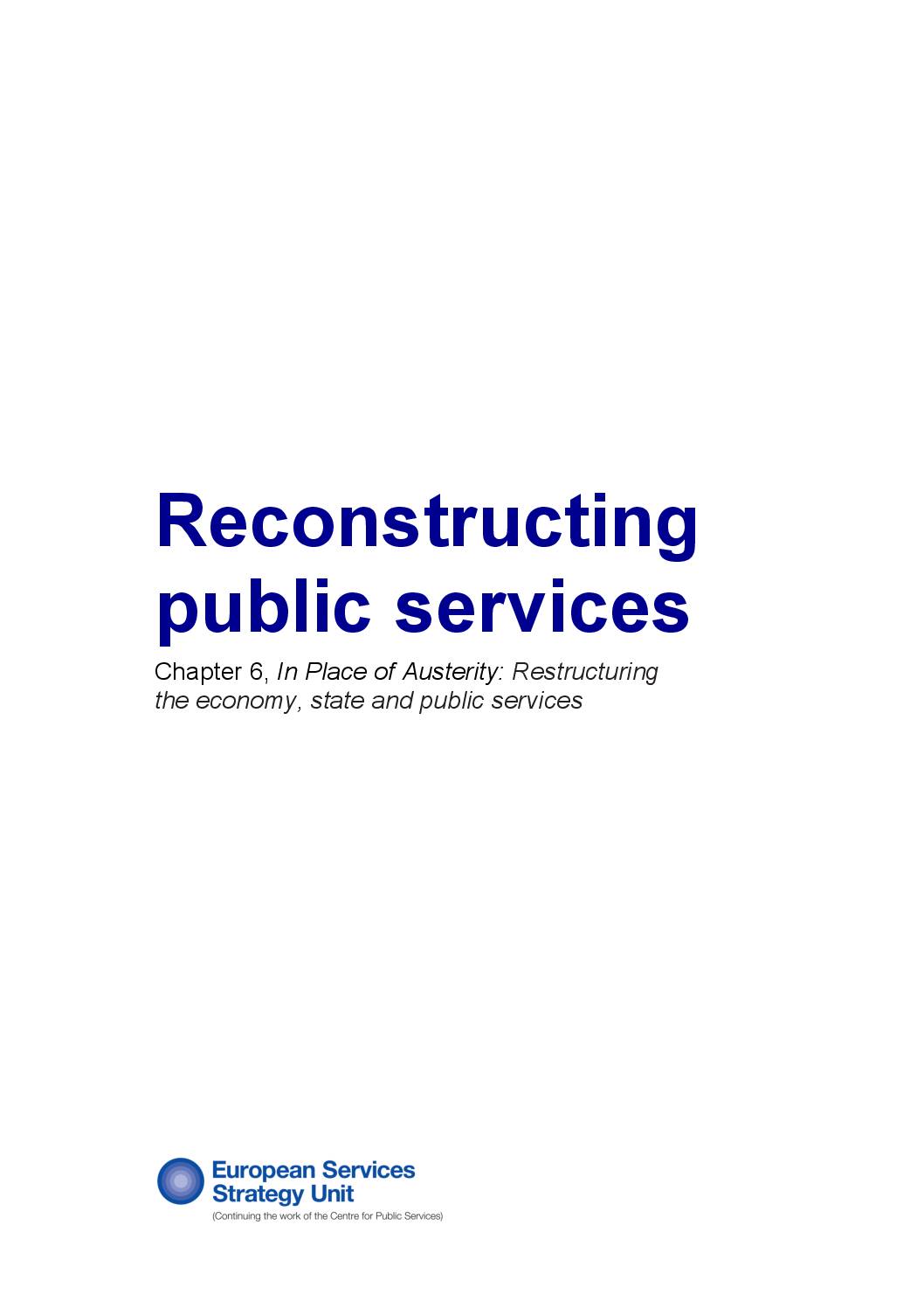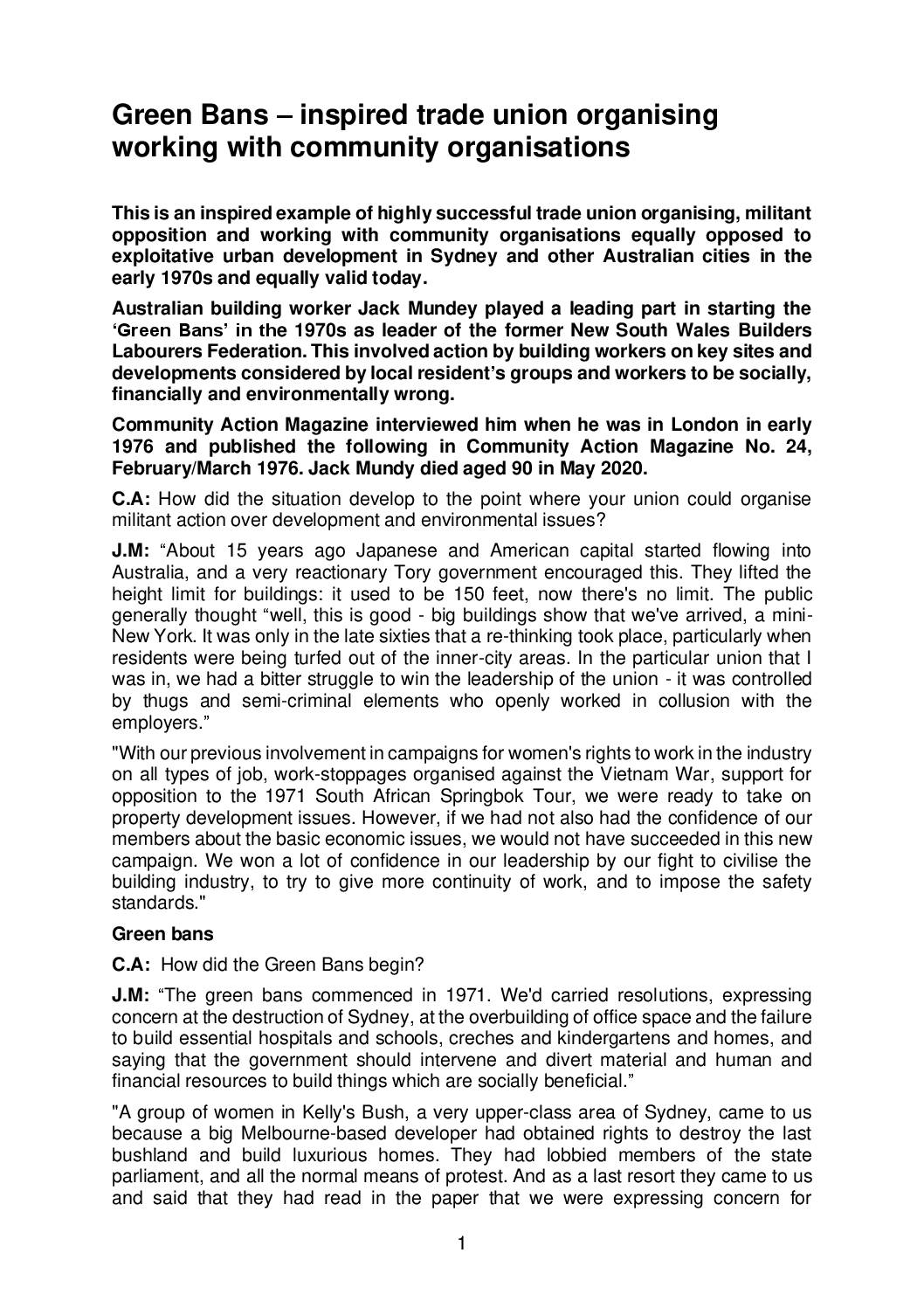The European Services Strategy Unit (previously the Centre for Public Services and Services to Community Action and Trade Unions) have consistently made the case for alternative policies in providing strategic advice to community organisations, trade unions and public bodies. It is reflected in the reports and strategies advocated with these organisations. We have consistently believed that financialisation, marketisation and privatisation must be challenged by a combination of critical analysis and alternative policies and strategies. This approach led to highly successful campaigns in Newcastle upon Tyne, Manchester, London, Birmingham, Oxford, Bury, Salford, Manchester, Bedfordshire, South Tyneside, Northamptonshire, Kent and other locations, and in the impact of national research.
Challenging the rise of Corporate Power in Renewable Energy
Strategic opportunities for public ownership and industrial and economic development
Contents – Crisis and opportunities – Corporate domination – Trading renewable energy assets – Tax havens and market interventions – Public ownership and public values – Wide use of PPPs for renewable energy projects in emerging economies – The commodification and marketisation of nature and biodiversity – Equalities economic, social and environmental justice – Economic and industrial strategies – Strategic opportunitie
See also https://www.european-services-strategy.org.uk/publications/books-and-articles-by-dexter-whitfield

Additional data
ESSU Global Renewable Energy Database 2019-2021
Table B1: Renewable energy assets acquired by publicly-owned companies between 1 January 2019 and 31 December 2021
Table B2: Publicly-owned assets sold to private sector between 1 January 2019 and 31 December 2021
Table B3: Transfer of renewal energy assets between public sector companies between 1 January 2019 and 31 December 2021
Glossary of Renewable Energy Terms















